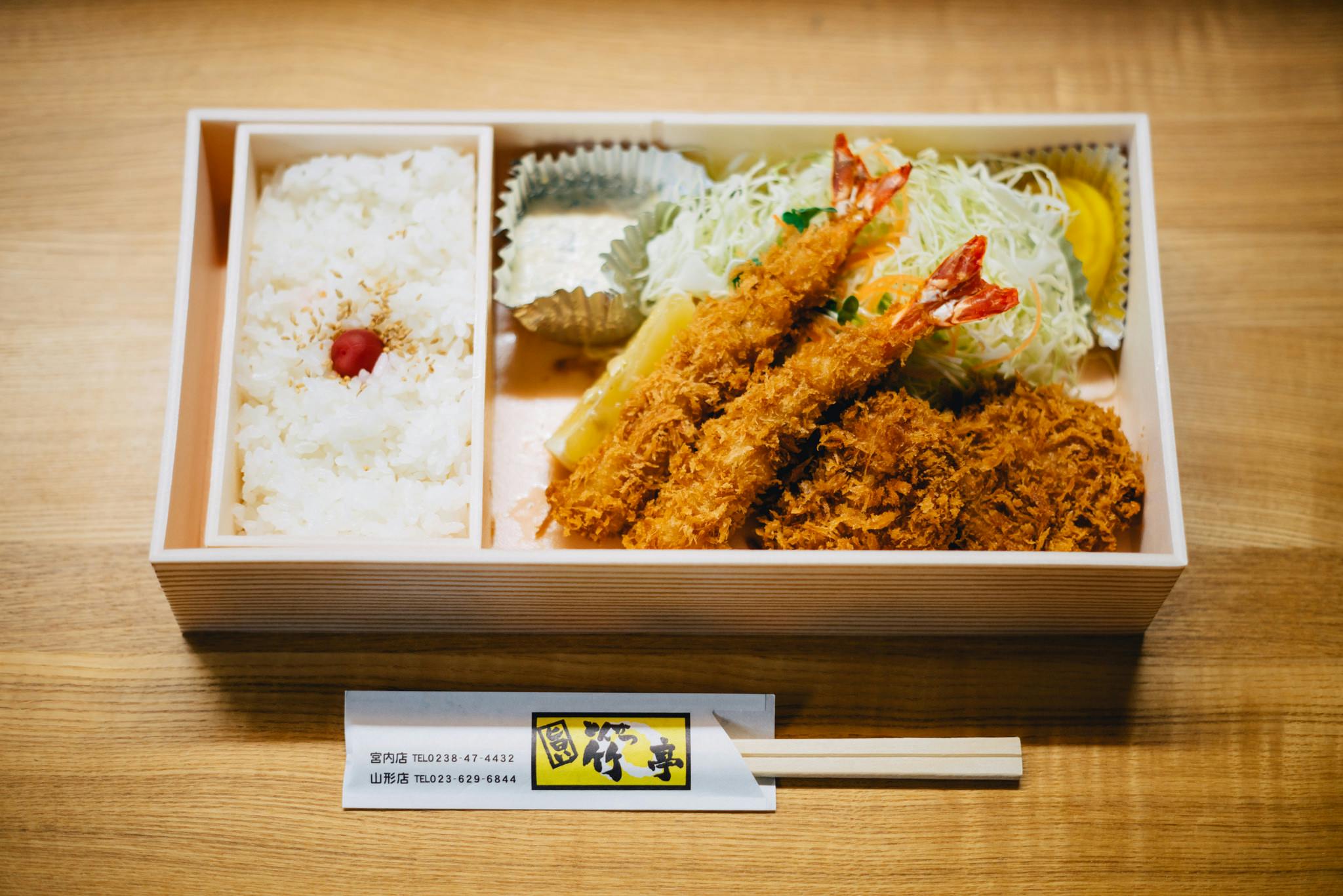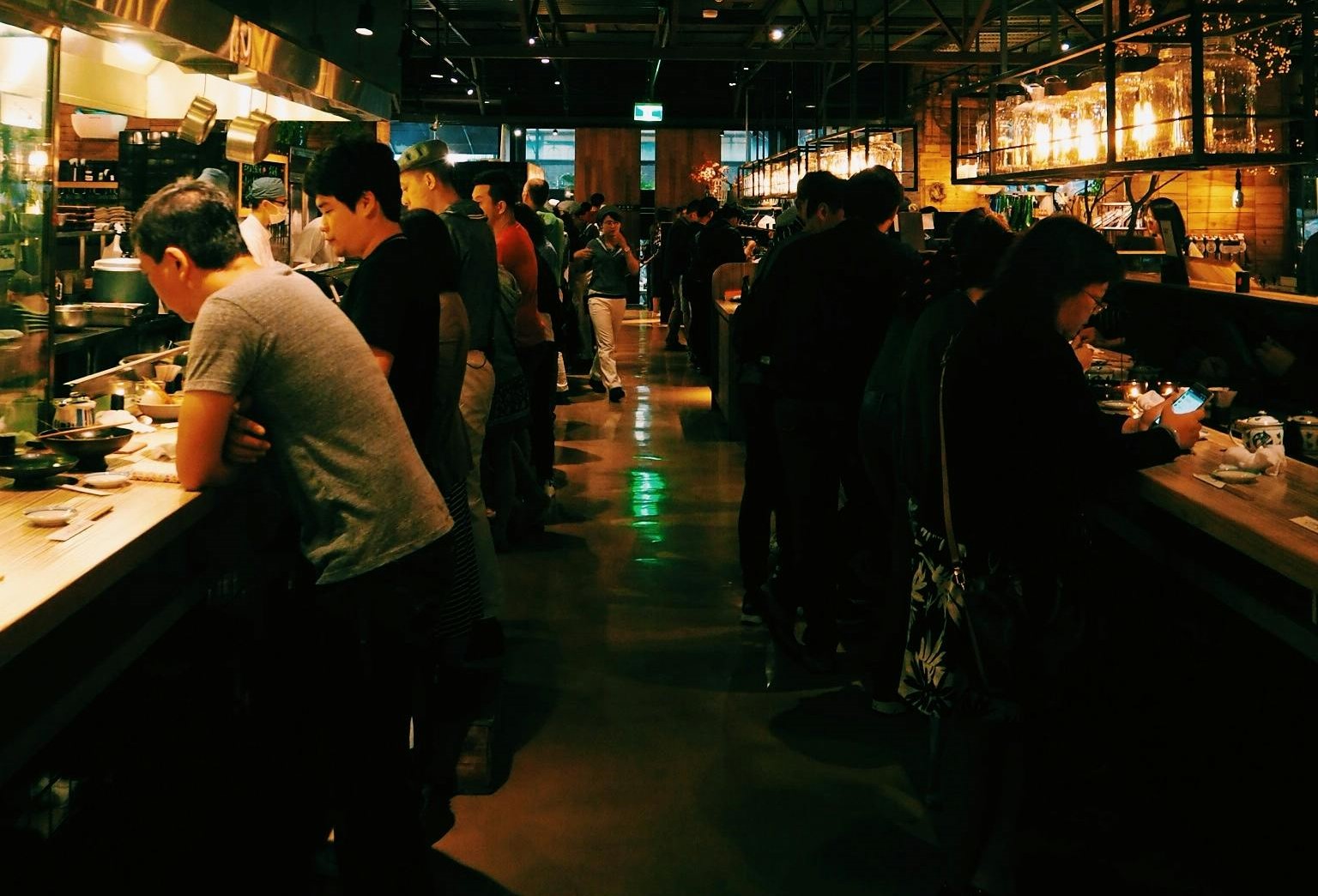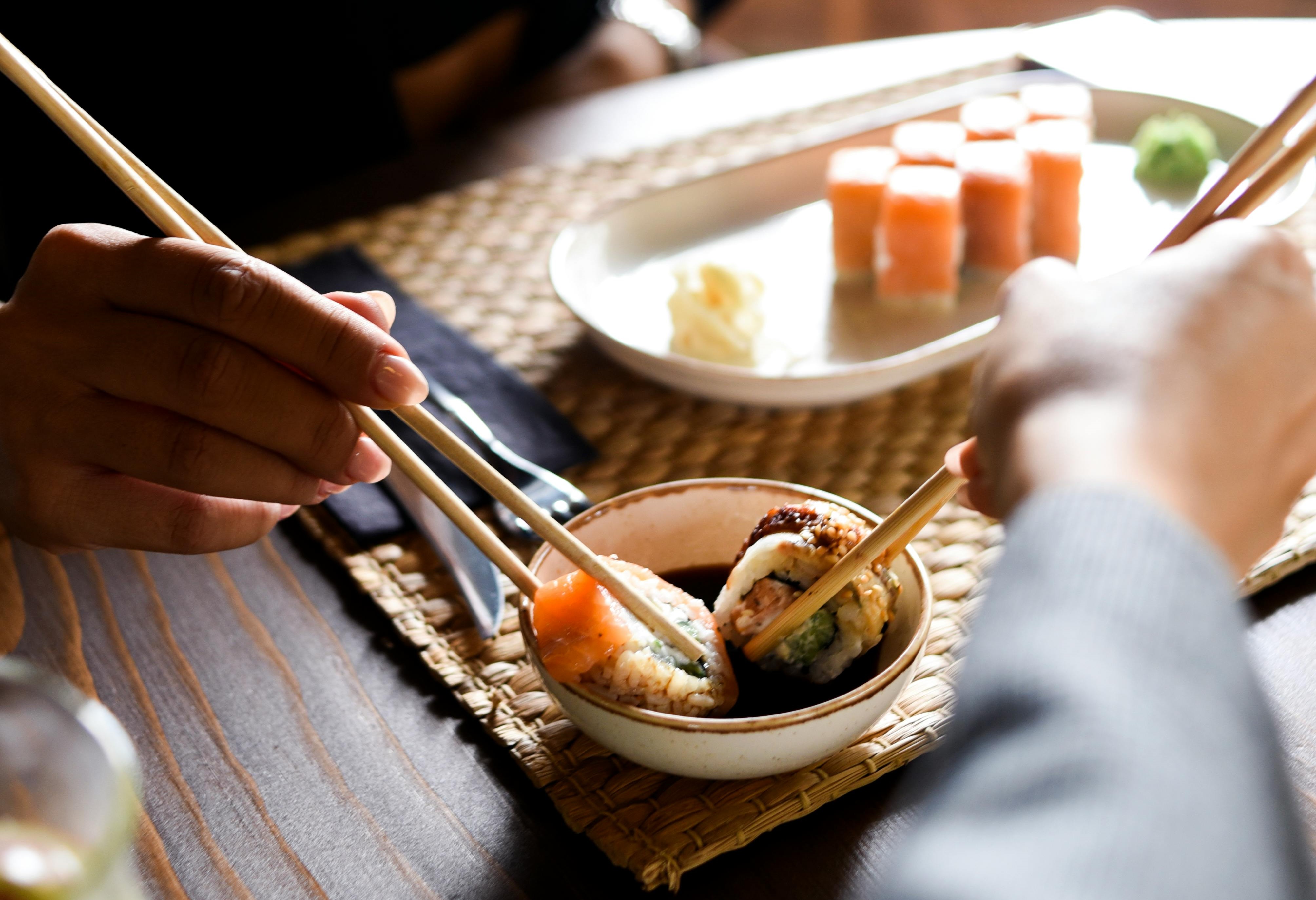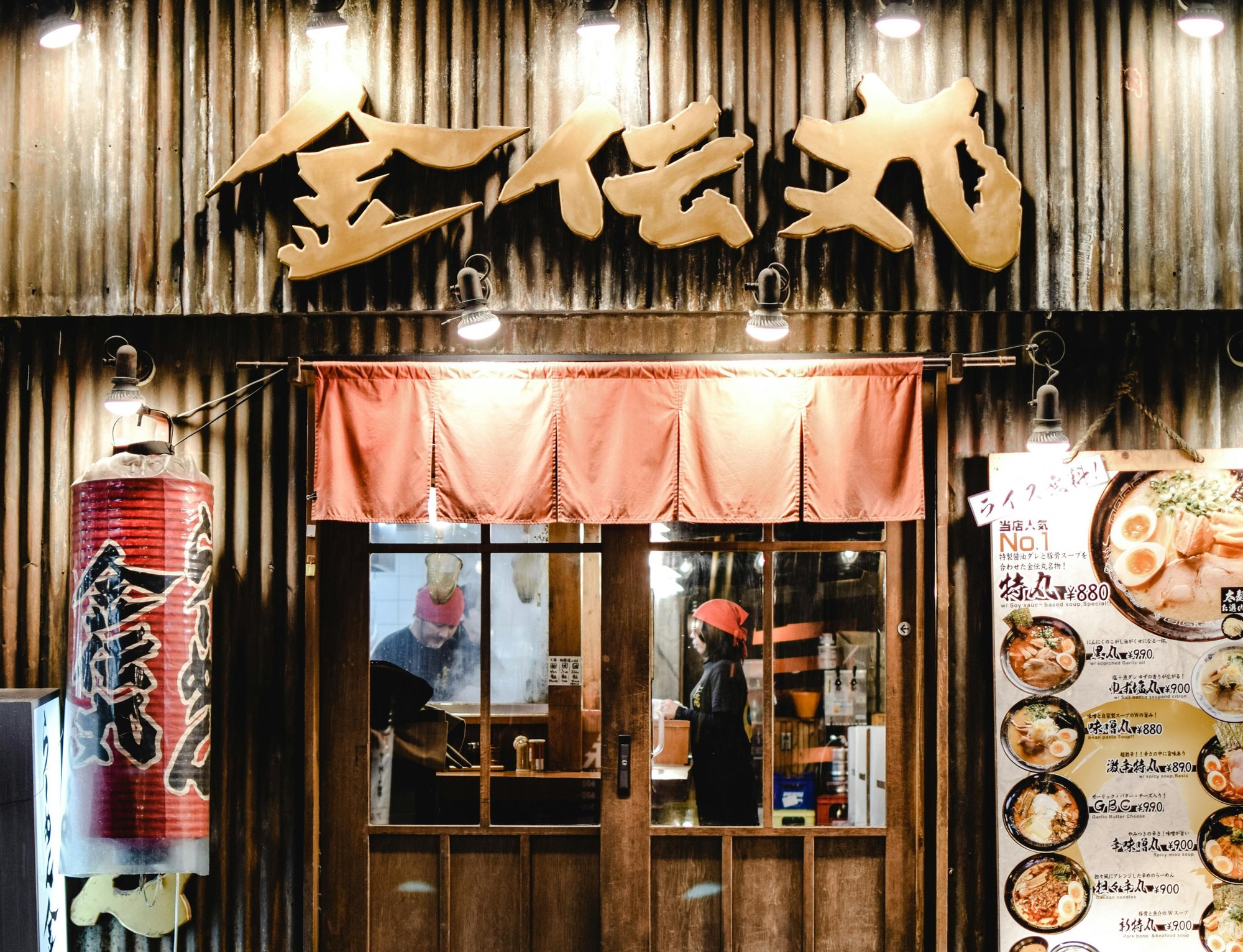Japanese F&B concepts have flourished across the world, from take-away sushi shops to vibrant ramen and izakaya-style dining venues. These establishments, in many ways, serve as cultural ambassadors of Japan's gastronomy on a global scale.
However, despite the apparent effort to offer an "authentic" experience, many of these venues fall short of truly capturing the essence and unique qualities of the Japanese dining landscape. We outline a few things we believe really set Japanese F&B apart.
ATTENTION TO DETAIL AND PRESENTATION

Even the most casual observer will know that Japanese cuisine places a strong emphasis on the aesthetic presentation of dishes. Whether it's a simple bento box or an intricate multi-course kaiseki meal, the visual appeal of each dish is often as carefully considered as the food itself.
This attention to detail extends into interior design and architecture as well, with restaurants paying close attention to how each small yet meaningful element, from the selection of flatware to the configuration of seating arrangements , plays a role in the overall appeal and integrity of a space.
This isn’t just apparent in traditional Japanese design, where tatami mats, sliding doors (fusuma), and screens (shoji) combine to create the minimal beauty many of us have in mind when thinking of Japan, but also in modern design where this meticulous attention to detail continues to shine through.
It’s also true that the nation has adopted a vast array of international food styles, trends and approaches historically—with venues like hamburger joints or curry houses (kare-ya) now incredibly popular throughout the country—yet there still seems to be a classically Japanese layer of curation and added consideration when it comes to how these concepts are presented visually.
SPECIALISATION AND MASTERY

Diversity and maximalism are having their impact on the world of F&B today, catering to evolving consumer demands and the desire for variety.
Yet, when surveying the offerings of any major urban district in Japan, whether its Tokyo, Osaka or Yokohama, you’ll still see an abundance of specialisation, with many venues prioritising the delivery of a single type of cuisine (or even a single dish) with mastery.
These specialised restaurants, known as "shokunin", allow chefs to dedicate themselves to a particular culinary craft or dish with a deep focus on quality and a commitment to technique. For example, sushiya specialise in sushi alone, while ramen shops are dedicated solely to ramen noodles and so on.
Each of these establishments is known for its expertise in a specific type of cuisine, offering a concise menu that showcases the chef's mastery.
That said, despite Japan’s rich culinary traditions and the preservation of traditional methods of cooking, we also can't underplay the spirit of innovation and creativity that pervades the restaurant scene. Modern influences are often absorbed and blended with traditional techniques for entirely new and exciting outcomes.
For instance, the "Japanese-Italian" or "Itameshi" cuisine is a fusion style that combines elements of traditional Japanese cooking techniques and ingredients with Italian flavours and dishes, resulting in a unique and innovative culinary experience. In Itameshi, chefs often blend Italian pasta, risotto, and pizza dishes with Japanese ingredients and seasonings.
SEASONALITY AND FRESHNESS

Similar to Mediterranean cuisines, often noted for their reliance on fresh and seasonal ingredients, seasonality plays a crucial role in Japanese F&B, reflecting an emphasis on fresh, locally sourced ingredients.
This focus is deeply rooted in traditional culinary practices known as "shun," which advocates for consuming food at the peak of its flavour and availability. Japanese chefs showcase the natural flavours and textures of seasonal ingredients, with menus changing accordingly.
Spring might bring dishes with fresh bamboo shoots and cherry blossoms, while autumn features mushrooms and persimmons.
Seasonal ingredients from local sources are prised for their freshness and quality, often celebrated in regional dishes.
This commitment to seasonality in Japanese cuisine is particularly significant due to the country's reliance on imports and the desire to make the most of food that can be produced locally. And while Japan has historically relied on fruits, vegetables, and meat from abroad, there’s also a strong tradition of supporting local farmers and producers.
This approach not only ensures high quality and flavour, but also reflects an appreciation for the changing rhythms of nature—something which carries through to the world of F&B branding and marketing, with campaigns and packaging that celebrate the nation’s distinct seasons.
OMOTENASHI
Finally, the concept of Omotenashi is deeply ingrained in Japanese culture and hospitality—having an impact on many areas of F&B.
In restaurants, this translates to a warm, welcoming atmosphere where diners are treated with utmost respect and attentiveness, enhancing the overall dining experience and making guests feel valued and well-cared for.
All in all, Japanese food as a “brand” is everywhere today, but there are far fewer venues and concepts that truly deliver the same levels of the meticulous attention to detail, reverence for seasonality, dedication to craftsmanship, and the ingrained commitment to hospitality which make Japanese F&B culture so unique.
-1.png?width=3330&height=698&name=TGP%20International%20Logo%20White%20(1)-1.png)



